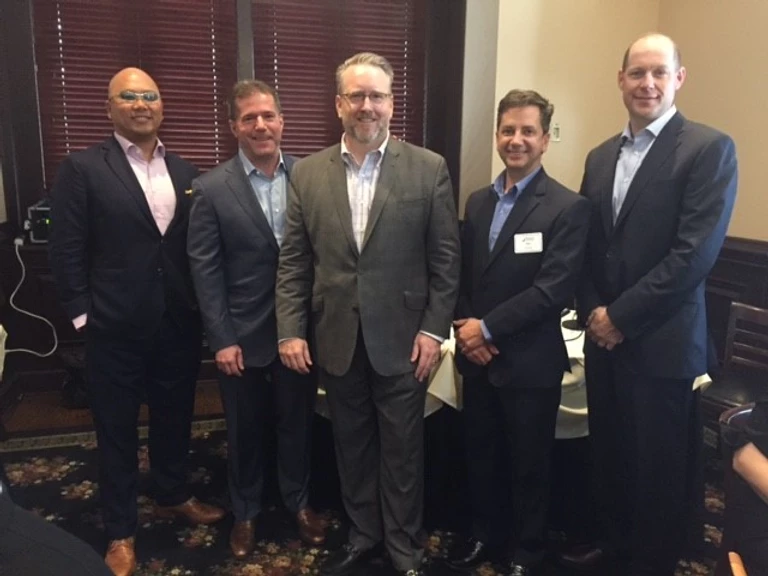I recently had the privilege to moderate a panel of Risk Management Information Systems (RMIS) leaders hosted by the Atlanta RIMS Chapter. The town hall meeting featured:
- Mike Cochran – Managing Director, Marsh Clearsight
- Bob Morrell – Co-founder and CEO, Riskonnect
- Bob Petrie – Founder and CEO, Origami Risk
- Stephen Rhee – CEO, Ventiv Technologies
The group shared their insights on the state of the RMIS market, technology trends that are making an impact on the industry, how clients can maximize their systems and the future landscape of the RMIS market. I will try to summarize what they shared and my own insights on the RMIS market as well. In part one of the recap I will focus on technology, security and functionality.
Cloud-computing is being rapidly adopted by business and government, the same is true for the RMIS industry. Cloud-computing offers the ability for the provider to quickly scale as necessary. Origami Risk’s Bob Petrie commented that “Server capacity can be added during peak performance times and scaled back down when not required. This helps manage costs while still being able to be responsive to clients.”
Security, however, is still the biggest concern for most companies considering the cloud. The participants differ on their opinion and how they address these concerns. Origami Risk and Riskonnect tout the fact that they benefit from being part of a larger eco-system, where security is primarily handled by the 3rd party cloud provider. Marsh Clearsight and Ventiv, who utilize private clouds, believe that it is important to have control over the data and that private clouds, in their opinion, are more secure.
Many organizations are still not utilizing a stand-alone RMIS and are relying on their TPA or tools such as Microsoft Excel to manage information. Over the past few years, the costs for RMIS have been coming down while capabilities and features have been going up allowing for more organizations to take advantage of these systems. When asked why an organization should move away from spreadsheets to a RMIS, Ventiv’s Stephen Rhee commented, “Three differentiators are automation, scale and speed. A RMIS provides you access to real-time data and the ability to provide real-time action on the information.”
The systems have become more robust as well. Initially designed to manage and report on claims, the systems from these providers offer much more than just a claim’s capabilities. RMIS encompass much broader data sets today such as exposures, property values, assets, certificates and policies as well as external factors such as benchmarking data, external risk events and exposures. The capabilities are expanding as well – data analytics, benchmarking and workflow automation, just to name a few. When looking for a new system, Stephen Rhee suggested, “Look for great capabilities that can drive results for your program and organization.”
But the product is just part of the equation. “Support and service is just as important as the product,” stated Bob Petrie. I would also add the stability of the vendor and their underlying technology are important factors to consider as well.
In part two of my recap, I will focus on how clients can get the most from their systems and the future landscape of the RMIS market.
